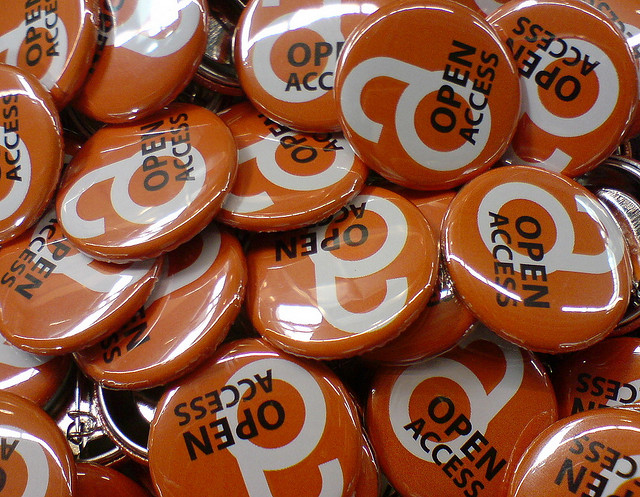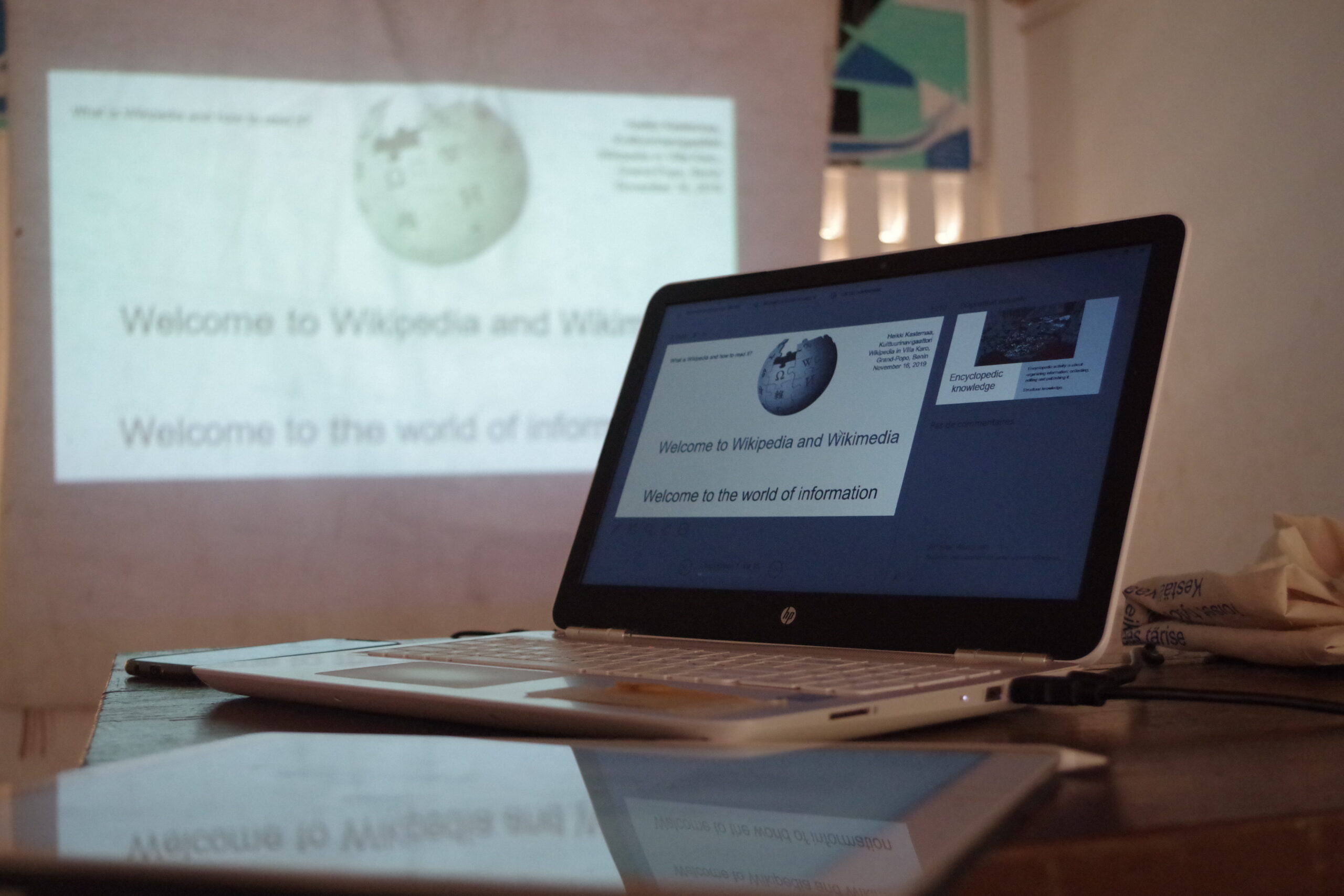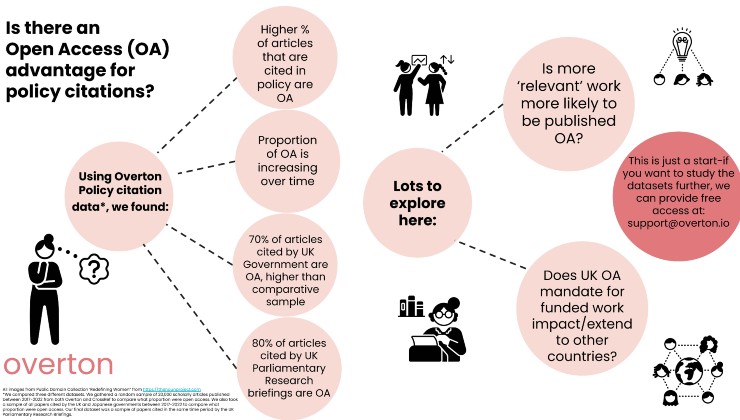An Editor Asks: Are OA Journals Bane or Boon?
This post from James E. Rohrer, editor-in-chief of the Journal of Primary Care & Community Health (an open-access journal)recently wrote an article outlining his perspective on open access journals publishing. Although his remarks are aimed at the health and medical community, we felt the perspective resonated across disciplines. (H/T SAGE Connection)
New open-access journals are appearing at a rapid rate. Some may be motivated by an opportunity to make a profit by preying on inexperienced authors. Cries of protest from authors wedded to traditional journals have been voiced. Charges of fake peer review and sloppy editing have some foundation in some of these journals. “Paying to publish” smacks of cheating to those who worked their way up via the traditional route. After all, in the field of book publishing, weak writers with healthy bank accounts have always been able to find publishers who would print their books. By demanding that publishing should be “free,” they impart a gloss of high-minded morality over subscription-based journals.
These concerns are valid. Some open-access journals are of poor quality. Perhaps some will print anything for the right price and call it peer reviewed. However, there is another side of the story.
The open-access model has the following advantages:
- Articles are freely available without charge to readers. No subscription is necessary. If our work is of value to the world, then making it freely available is in the public interest.
- The number of places authors can publish has increased. Competition between journals may have increased. This is to the benefit of authors who are new, inexperienced, lack administrative support, or otherwise would face disadvantages in their efforts to begin sharing their ideas.
- The subscription model limits the number of journals that can be produced because university libraries can only subscribe to a limited number of journals. Limited supply enhances the economic leverage of those journals, imparting power to their editors, board members, and reviewers. This is not particularly democratic.
- Given the limited number of print pages available in traditional journals, only the best papers could be published. Best is defined as most scientific and usually means grant-funded. Multisite randomized trials are more likely to make the cut. Smaller, more pragmatic studies that are more reflective of real-world practice are left with fewer outlets. Not coincidentally, the public periodically is dismayed to learn that a procedure, medication or delivery system does not perform as well as expected. Publication bias is not limited to exclusion of nonsignificant findings but also includes exclusion of real-world evidence produced by observational studies.
- Open-access journals were given a big boost when governments began to recognize that scientific reports funded by taxpayers should be made freely available to those same taxpayers. Not yet recognized is the fact that any medical organization that accepts reimbursement from governments should also be accountable for making all of its patient care research openly available at no cost.
- Scholarship should represent the findings, creativity, and energies of a community, not just the perspectives and evidence produced by scientific elites. Many of the scholar-practitioners in community health and medicine are not doing grant-funded work. Nevertheless, their findings may be of interest and value to others working in the same venues.
- Finally, I need to point out what is obvious to many of us: Paper is obsolete. Electronic publishing is not just the future, but the present. The subscription-based model will live on, but many—if not most—journals will convert to open-access since the model is fully divorced from paper.
The growth of open-access journals has been accompanied by financial problems and quality issues. University budgets should be reworked to assure that author processing fees are included. Authors must learn to evaluate the quality of the journals to which they might submit their manuscripts. Promotion committees should revise their criteria so that the quality of the candidates’ scholarly contribution is considered, regardless of where it appeared; publishing in open-access journals can be accounted as nontraditional scholarship in some cases but in other cases it is fully as meritorious as some of what appears in subscription journals.
Finally, the unfortunate truth remains that open-access processing fees remain out of the financial reach of many scholar-practitioners. We can hope that competition among these journals will bring down the prices, further democratizing of production of knowledge.
Consumers are fully aware of how much the modern era has democratized the arts. Music, videos, fiction, textbooks, and all forms of art and education can be produced and marketed more readily now than ever before. Publishers simply cannot limit, guide, or constrain the flow of creative content as much as was previously true. These trend is inexorable and is has come to the world of peer-reviewed journals in health and medical care.


























































































This really is very misleading because it assumes that the Gold model of OA is the only future. With the exception of a few biomedical funders and the UK Research Councils, Green OA looks a much more likely future and is not really a problem for those of us who do not have grant funding to pay for it – although, personally, I intend to retain my intellectual property rights rather than have my work repurposed and exploited by anyone who feels like it. One of the virtues of being independent.